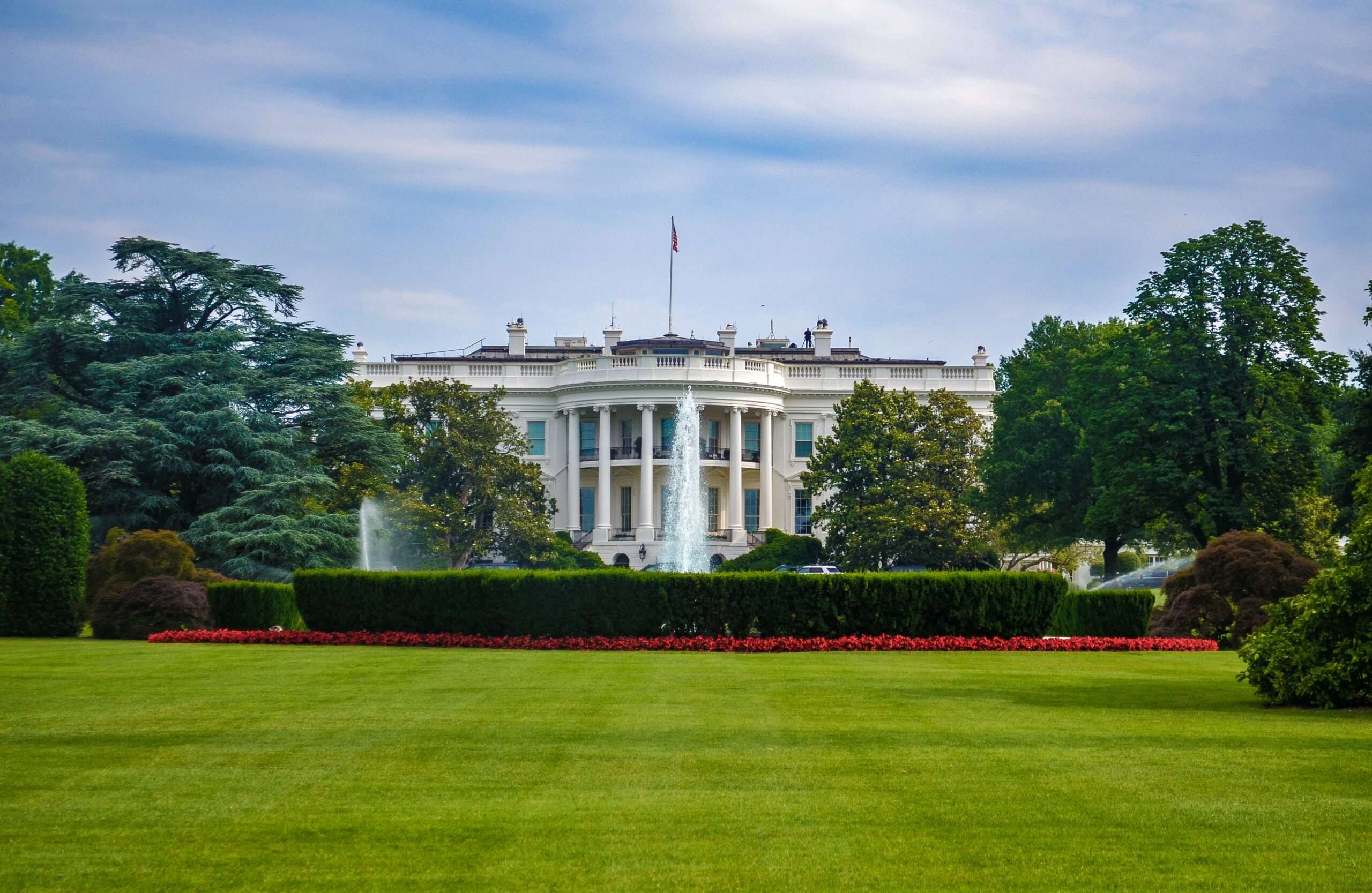The White House: A Symbol of Power and Leadership
The White House, located at 1600 Pennsylvania Avenue in Washington, D.C., is not just a residence for the President of the United States. It is a symbol of power, leadership, and the democratic ideals upon which the United States was founded.

Also read this article: The Statue of Liberty
Since its construction in 1792, the White House has served as the official residence and workplace of every U.S. president, making it one of the most iconic buildings in the world. Its distinctive neoclassical architecture, with its elegant columns and grand portico, has come to represent the strength and stability of the American government.
Also read this article: USA History and Culture
But the White House is more than just a symbol. It is a place where important decisions are made, where leaders from around the world come to meet with the President, and where history is made.
A Place of History
Throughout its history, the White House has witnessed significant events that have shaped the course of the nation. From the signing of the Emancipation Proclamation by President Abraham Lincoln to the signing of the Civil Rights Act by President Lyndon B. Johnson, the White House has been at the center of major milestones in American history.
Also read this article: National Parks in the USA
It has also been a place of tragedy. In 1865, President Lincoln was assassinated while attending a play at Ford’s Theatre. And in 1945, President Franklin D. Roosevelt passed away in his bedroom at the White House, just months before the end of World War II.
A Place of Diplomacy
The White House is not only the residence of the President but also a venue for diplomatic meetings and events. It is here that the President welcomes foreign leaders and conducts important negotiations that shape international relations.
One of the most famous diplomatic events to take place at the White House was the signing of the Camp David Accords in 1978. President Jimmy Carter brought together Israeli Prime Minister Menachem Begin and Egyptian President Anwar Sadat to negotiate a peace agreement, which led to the historic peace treaty between Israel and Egypt.
A Place of Tradition
Over the years, the White House has become synonymous with certain traditions that are deeply rooted in American culture. One such tradition is the annual Easter Egg Roll, which dates back to 1878. Each year, children gather on the South Lawn of the White House to participate in games, egg rolling, and other festivities.
Another cherished tradition is the pardoning of the Thanksgiving turkey. Since the 1940s, the President has been presented with a live turkey by the National Turkey Federation, and it has become a tradition for the President to spare the turkey from becoming Thanksgiving dinner.
A Place of Inspiration
The White House has long been a source of inspiration for artists, writers, and musicians. Its iconic image has appeared in countless paintings, photographs, and songs. It has been the setting for movies and television shows, capturing the imagination of people around the world.
But perhaps the most inspiring aspect of the White House is the idea that it represents. It is a symbol of democracy, of the peaceful transfer of power, and of the belief that anyone can aspire to become the leader of the free world.
As the saying goes, “The White House is the people’s house.” It is a place where the hopes and dreams of the American people are reflected in the actions and decisions of their leaders.
The White House is a powerful symbol of American power and leadership. It is a reminder of the United States’ commitment to democracy, the rule of law, and human rights. The White House is also a symbol of the United States’ role as a global leader.
Here are some examples of how the White House has been used as a symbol of power and leadership:
- In 1989, President Ronald Reagan met with Soviet leader Mikhail Gorbachev at the White House. This meeting was a key step in ending the Cold War.
- In 1993, President Bill Clinton hosted the Middle East peace talks at the White House. These talks resulted in the Oslo Accords, which were an important step towards peace in the Middle East.
- In 2001, President George W. Bush addressed the nation from the Oval Office after the terrorist attacks on 9/11. This speech was a powerful symbol of American unity and resilience.
- In 2009, President Barack Obama hosted a summit of world leaders at the White House to discuss the global financial crisis. This summit helped to coordinate the global response to the crisis.
- In 2016, President Donald Trump hosted a meeting with Chinese President Xi Jinping at the White House. This meeting was a key step in developing relations between the United States and China.
These are just a few examples of how the White House has been used as a symbol of power and leadership. The White House is a reminder of the United States’ role as a global leader and its commitment to democracy, the rule of law, and human rights.
Conclusion
The White House is more than just a building. It is a symbol of power, leadership, and the democratic values that define the United States of America. From its historic events to its diplomatic meetings, from its cherished traditions to its role as a source of inspiration, the White House continues to be a beacon of hope and a testament to the enduring strength of the American nation.







